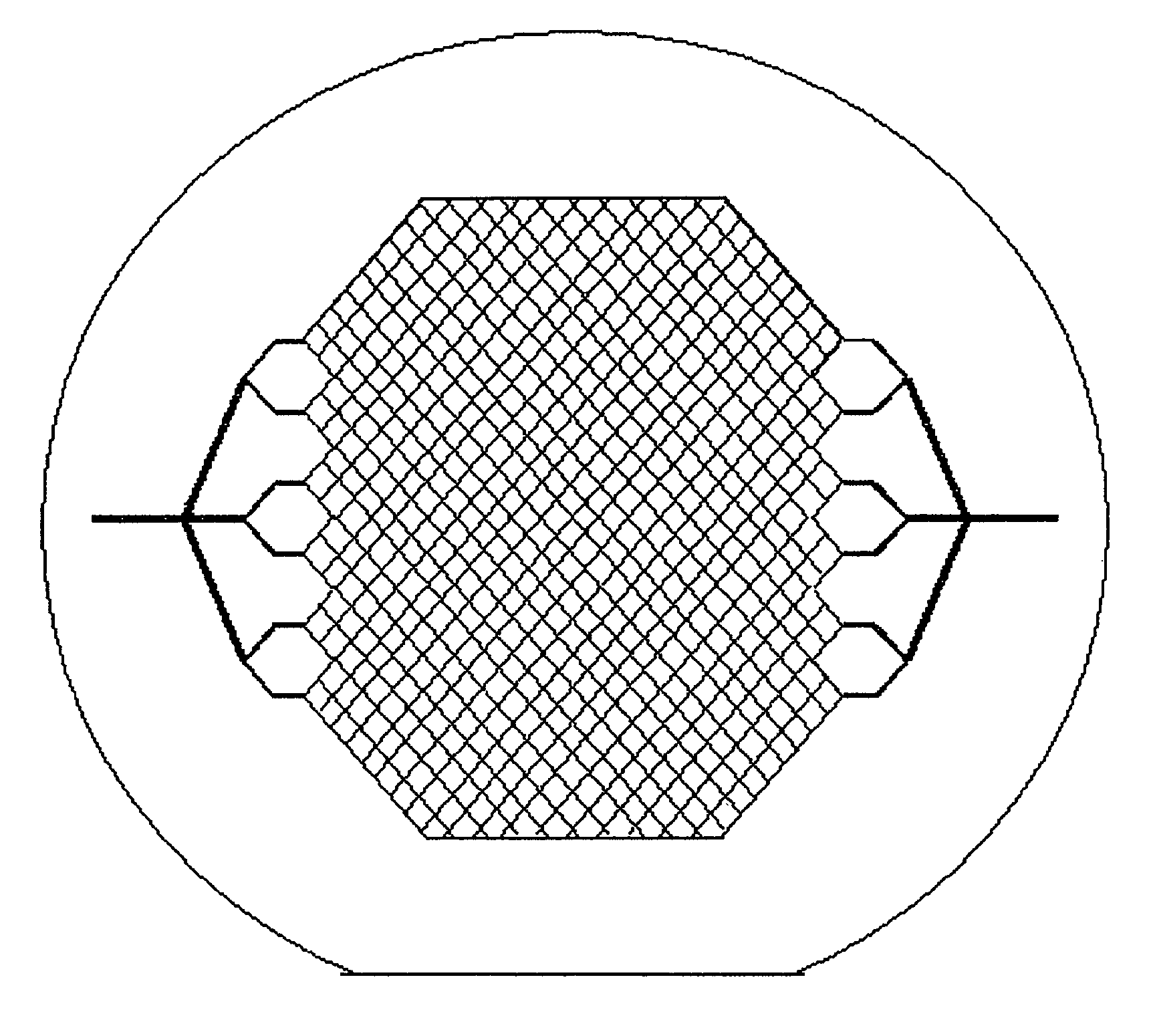Micromachined bilayer unit for filtration of small molecules
a micro-machined bilayer unit and filtration technology, applied in the field of organ transplantation and reconstructive surgery, can solve the problems of distressing dialysis patients, high invasiveness, and limited effectiveness of dialysis patients
- Summary
- Abstract
- Description
- Claims
- Application Information
AI Technical Summary
Benefits of technology
Problems solved by technology
Method used
Image
Examples
examples and specific embodiments
[0115]Results obtained on single bilayer devices tested for ultrafiltration of urea and creatinine are described in the following discussion. Single bilayer devices were constructed using some or all of the techniques described in the above fabrication section.
[0116]A device 110 of the present invention is shown schematically in FIG. 4. Device 110 includes a first mold layer 118a and a second layer 118b separated by a microporoous membrane 122. In one embodiment, the first mold layer 118a can comprise a microvascular network, including microchannels that direct flow through chambers and conduits, and the second mold layer 118b can comprise a parenchymal layer having cells. The term “microvascular network,” as used herein, refers to fluidic network modeled after a physiologic vasculature, such as a capillary network. The microvascular network either may or may not consist of an actual endothelium. In another embodiment, the mold layers are acellular (e.g., no cells are cultured withi...
PUM
| Property | Measurement | Unit |
|---|---|---|
| height | aaaaa | aaaaa |
| width | aaaaa | aaaaa |
| width | aaaaa | aaaaa |
Abstract
Description
Claims
Application Information
 Login to View More
Login to View More - R&D
- Intellectual Property
- Life Sciences
- Materials
- Tech Scout
- Unparalleled Data Quality
- Higher Quality Content
- 60% Fewer Hallucinations
Browse by: Latest US Patents, China's latest patents, Technical Efficacy Thesaurus, Application Domain, Technology Topic, Popular Technical Reports.
© 2025 PatSnap. All rights reserved.Legal|Privacy policy|Modern Slavery Act Transparency Statement|Sitemap|About US| Contact US: help@patsnap.com



